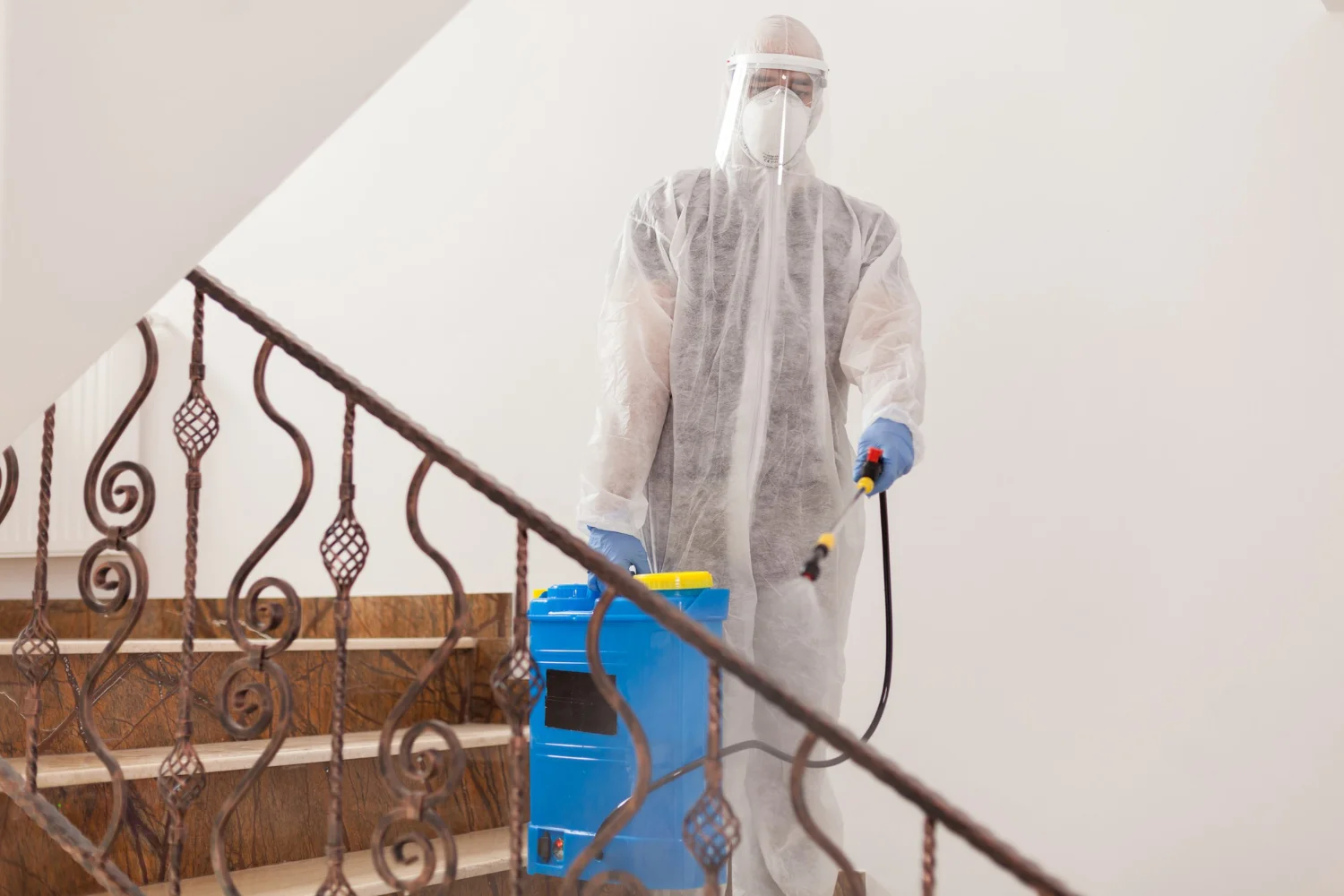As technology continues to revolutionize various aspects of our lives, it hasn’t left the building and pest inspection industry behind. One such innovation that has significantly impacted inspections is thermal imaging—a non-invasive, state-of-the-art method, allowing inspectors to detect hidden issues within a property. At C&W Services, we strive to incorporate the latest advancements in technology, such as thermal imaging, to offer an unparalleled level of service to our customers—including detailed, accurate, and informative inspections.
In this blog post, we will delve into the value of thermal imaging in building and pest inspections, exploring how this cutting-edge technology contributes to a comprehensive evaluation of your property. We will discuss the foundational principles of thermal imaging, the advantages it presents, as well as C&W Services’ commitment to harnessing the power of technology to benefit our customers.
A thorough building and pest inspection is a critical component of responsible home ownership, protecting your investment and ensuring your property’s safety. By understanding and leveraging the latest inspection technologies, such as thermal imaging, you can make informed decisions about the maintenance and future of your property.
Trust the expertise of our seasoned professionals at C&W Services, with over five years of experience inspecting residential properties. Our commitment to integrating advanced technology, combined with our team’s dedication to comprehensive evaluations, ensures you receive the detailed insights you need about your property’s condition. Book an inspection with us today, and experience the difference thermal imaging can make.
The Value of Thermal Imaging in Building and Pest Inspections
As homeowners, property buyers, or sellers, it’s vital to stay informed about the latest advancements in building and pest inspections. Using thermal imaging technology offers various advantages that contribute to the overall accuracy and effectiveness of inspections. In this blog article, we discuss four key aspects of thermal imaging that demonstrate its value in building and pest inspection processes.
1. Principles Behind Thermal Imaging Technology
Thermal imaging, also known as infrared imaging, works by detecting heat energy emitted by objects. By measuring the variations in infrared radiation, a thermal imaging camera can convert radiation data into visible images, illustrating temperature differences within a specific area.
In essence, thermal imaging cameras “see” heat, allowing inspectors to uncover hidden issues that may not be visible to the naked eye, including moisture problems, electrical system malfunctions, poor insulation, pest infestations, and more.
2. Enhanced Detection of Moisture Issues
One of the primary benefits of using thermal imaging technology during building and pest inspections is its ability to detect moisture and water damage. Since water retains heat differently than other materials, damp areas typically show varying temperature levels compared to unaffected regions. By evaluating temperature discrepancies with a thermal imaging camera, inspectors can identify potential water leaks, moisture intrusion, and damage even when they’re concealed behind walls, floors, or ceilings.
By detecting moisture problems early, homeowners can address these issues before they escalate into more severe structural damage or mold growth, potentially saving time, money, and health-related complications.
3. Uncovering Pest Infestations
Thermal imaging technology also plays a crucial role in identifying pest infestations within a property. Termites, rodents, and other pests generate heat when they congregate in large numbers or when they build nests. A thermal imaging camera can detect these temperature anomalies, alerting inspectors to the presence of pests even when they’re hidden behind walls or other structural components.
In addition to uncovering active infestations, thermal imaging helps identify conditions conducive to pest activity, such as areas with excessive moisture or gaps in insulation. By addressing these issues, homeowners can take proactive steps to prevent future infestations, protecting both their property’s structural integrity and value.
4. Improved Energy Efficiency and Insulation Assessments
Another notable advantage of utilizing thermal imaging in building and pest inspections is its capacity to evaluate a property’s energy efficiency and insulation quality. Inadequate insulation or gaps in sealing can result in significant heat loss during colder months, resulting in excessive energy consumption and higher utility bills.
By analyzing the thermal images, inspectors can identify areas where heat loss is occurring or where insulation is insufficient or improperly installed. This information empowers homeowners to make improvements and take corrective measures that can save money, reduce energy consumption, and contribute to a more environmentally responsible lifestyle.
Embracing the Benefits of Thermal Imaging Technology
As the building and pest inspection industry continue to evolve, thermal imaging has proven to be a remarkably valuable tool for delivering accurate, comprehensive evaluations of a property’s condition. By detecting hidden moisture issues, uncovering pest infestations, and assessing insulation quality and energy efficiency, this cutting-edge technology empowers homeowners with invaluable insights into their property’s health and maintenance needs.
At C&W Services, we understand the critical role that advanced technology plays in providing exceptional building and pest inspection services. Our commitment to incorporating thermal imaging, along with our team of skilled, seasoned professionals, ensures that you receive the most accurate, insightful, and detailed assessments of your property’s condition.
Experience the significant advantages that thermal imaging technology offers by booking an inspection with C&W Services today. Protect your investment, ensure your property’s safety, and make well-informed decisions about your home’s future with confidence and certainty.



